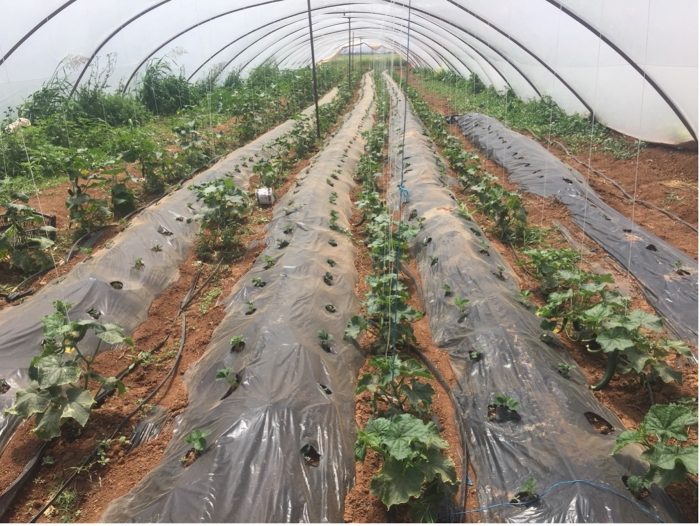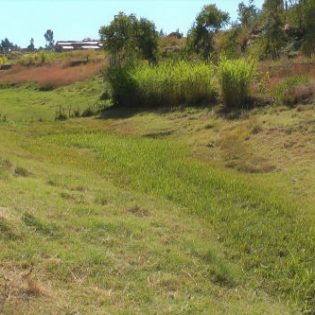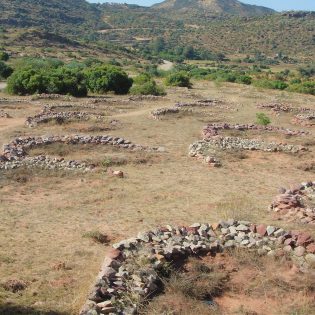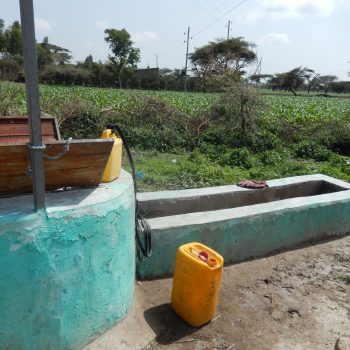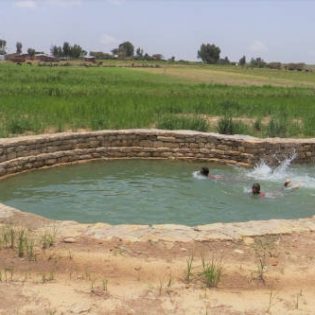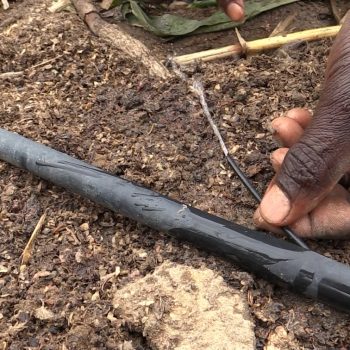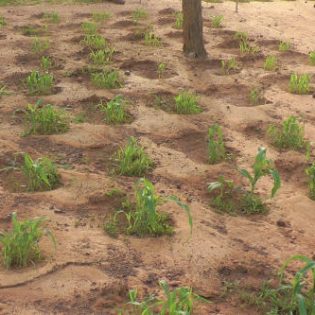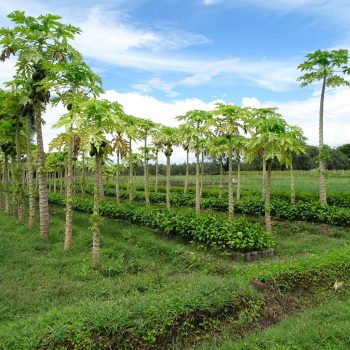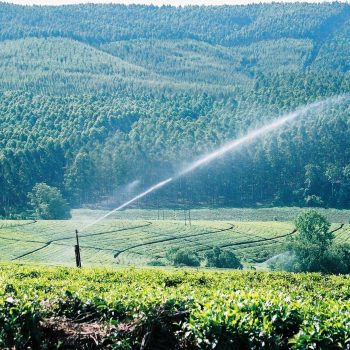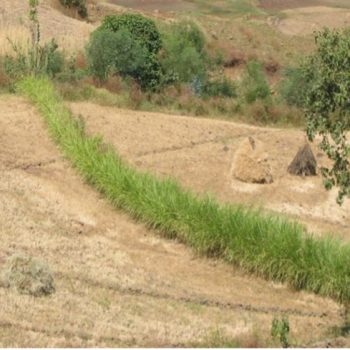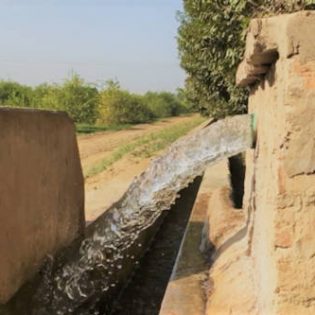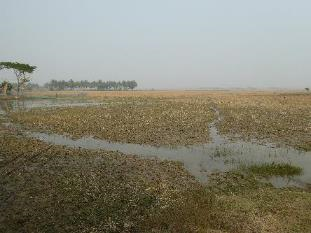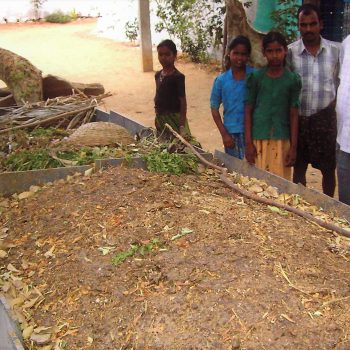| References |
Das, K., Dutta, P. (2018). Effects of Mulching on Soil Properties and Post Harvest Quality of Mango Cv. Himsagar Grown in New Alluvial Zone of West Bengal. International Journal of Agriculture, Environment and Biotechnology, 11(2), 259–264. https://doi.org/10.30954/0974-1712.04.2018.6
Dhaliwal, L.K., Buttar, G.S., Kingra, P.K., Singh, S., & Kaur, S. (2019). Effect of mulching, row direction and spacing on microclimate and wheat yield at Ludhiana. Journal of Agrometeorology, 21(1), 42-45.
Hopkins, H.H. (1954). Effects of Mulch Upon Certain Factors of the Grassland Rangeland Ecology & Management/Journal of Range Management Archives, 7(6), 255-258.
Fang, W.S., Zhu, Z.X., Liu, R.H., Ma, Z.H., & Shi, L. (2009). Study on microclimate characters and yield-increasing mechanism in straw mulching field. Agricultural Research in the Arid Areas, 6.
Kader, M.A., Senge, M., Mojid, M.A., & Nakamura, K. (2017). Mulching type-induced soil moisture and temperature regimes and water use efficiency of soybean under rain-fed condition in central Japan. International Soil and Water Conservation Research, 5(4), 302-308.
Lekasi, J.K., Woomer, P.L., Tenywa, J., & Bekunda, M. (2001). Effect Of Mulching Cabbage With Banana Residues On Cabbage Yield, Soil Nutrient And Moisture Supply, Soil Biota And Weed Biomass. African Crop Science Journal (ISSN: 1021-9730) Vol 9 Num 3, 9. https://doi.org/10.4314/acsj.v9i3.27596
Moreno, M.M., & Moreno, A. (2008). Effect of different biodegradable and polyethylene mulches on soil properties and production in a tomato crop. Scientia Horticulturae, 116(3), 256-263.
Rosenberg, N.J., Blad, B.L., & Verma, S.B. (1983). Microclimate: the biological environment. New Jersey, United States of America: John Wiley & Sons
Wilken, G.C. (1972). Microclimate management by traditional farmers. Geographical Review, 62(4), 544-560. https://doi.org/10.2307/213267 |
